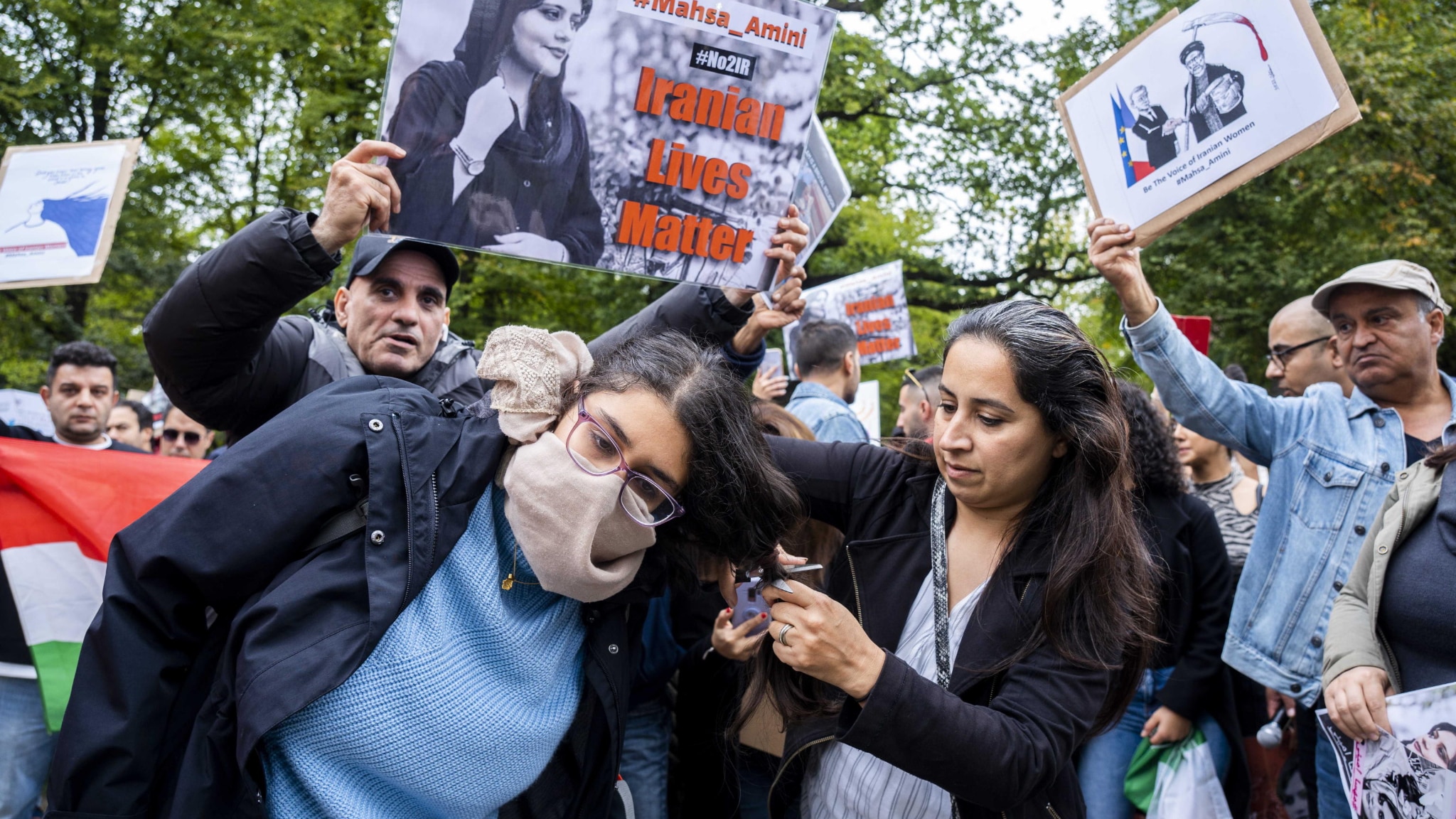In Iran and in Islamic countries, cutting your hair is a sign of mourning.
For this reason, in memory of Mahasa, Iranian women have started to protest by cutting their hair and burning hijabs in the streets, against the government's strict application of the veil law.
Precisely that veil which, incorrectly placed, caused the death of the young Mahsa.
The protest that has made the rounds of the world's squares has moved online, with solidarity videos and the hashtag #MahasaAmini.
One of the first women to publish the haircut on social media was @ ShinD1982, on Twitter, a total and decisive cut of symbolic protest.
The cut of the locks symbolizes anger and is often followed by the words "Zhen, Zhian, Azadi", "Woman, life, freedom", the slogan of the protests that has been echoing for days in Iranian squares and around the world.
But why the hair?
Hair, a symbol of strength and sensuality, has often been veiled over the centuries and in the culture and tradition of the Mediterranean peoples.
And that of the veil is a very complex story that today mainly concerns peoples of Islamic origin.
In some cases, there has been an alternation in the uses of the veil.
This is precisely the case of Iran, where, in the 1930s, women were forcibly removed the veil to homologate the country to the modern Western ideal.
Then, following the Shiite revolution of 1978-79, the idea of a utopian Islam to counter American neo-liberalism made its way again.
In 1982, the obligation to veil the head was reintroduced in Iran - both for resident women and for tourists passing through - an obligation still in force and that Iranian women are, with all their strength, fighting at the risk of their lives.
The protest saw the involvement of movie and television stars.
But also the journalists of the Rai Radio 1 newspaper.
Handle
An Iranian woman reacts during a protest outside the Iranian consulate in Istanbul, Turkey on September 21, 2022.

